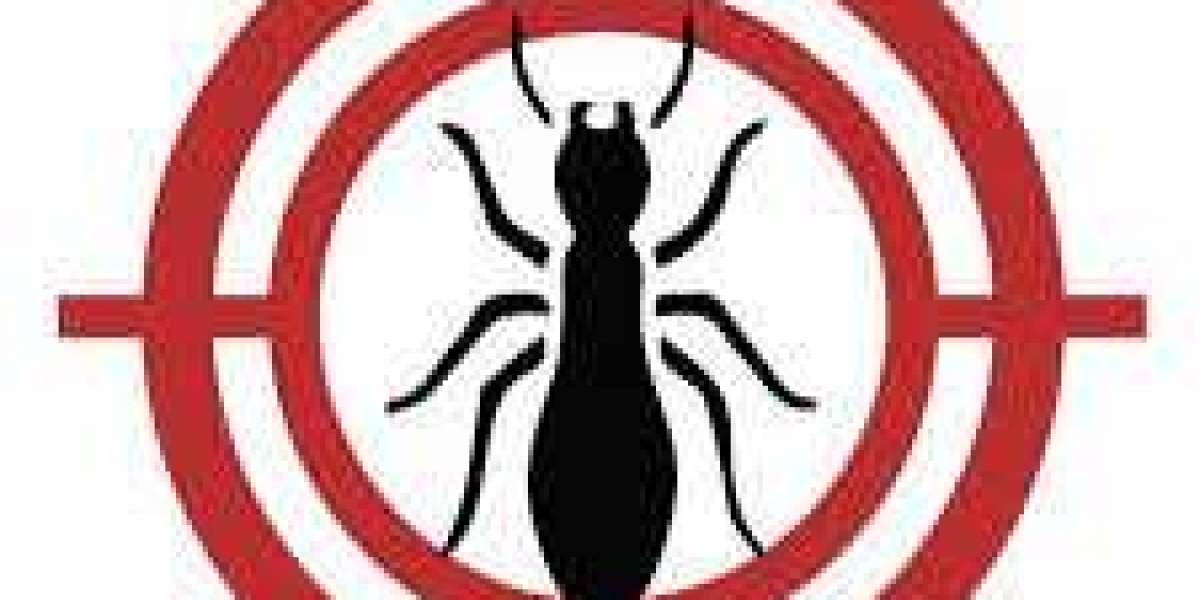Introduction
Drywood termites, often unnoticed, silently invade homes, causing extensive damage without immediate detection. These pests thrive in dry environments, feeding on wood and creating tunnels within the structure. Homeowners typically discover the infestation when significant damage has already occurred. Understanding their habits, detection methods, and treatment options is essential to protect your property. This article explores drywood termites, offering insights into their behavior and strategies for prevention.
What Are Drywood Termites?
Drywood termites differ from subterranean termites, as they live entirely within the wood they infest. They require little moisture to survive, making them especially dangerous in dry climates or well-ventilated homes. The absence of a need for contact with soil allows them to establish colonies inside furniture, flooring, and structural beams. Their colonies grow slowly, yet their ability to remain hidden for extended periods makes them a homeowner's worst nightmare.
How Do Drywood Termites Infest Homes?
These termites enter homes through small cracks or gaps in the exterior wood surfaces. Flying reproductive termites, known as swarmers, seek out wooden areas to establish new colonies. Once inside, they burrow into the wood, where they remain and create extensive tunnel systems. Unlike other termites, drywood termites don't require soil contact, allowing them to spread to various parts of the home unnoticed.
Recognizing Signs of Infestation
Identifying a drywood termite infestation early can save homeowners from costly repairs. One of the earliest signs is the presence of tiny, hexagonal-shaped pellets near wooden surfaces. These pellets, or frass, are the termites' waste, which they push out from their tunnels. Swarmers may also be visible around windows or light sources, especially after rain or in warm temperatures. As the infestation progresses, wooden structures may sound hollow when tapped, or even show visible damage.
The Destructive Nature of Drywood Termites
Though slow to build their colonies, drywood termites cause significant damage over time. They eat along the grain of the wood, hollowing out sections that may eventually cause structural weaknesses. The damage often remains hidden until it becomes severe, requiring major repairs or replacement of affected wood. Because of their ability to live inside furniture or walls, detecting the infestation often comes too late to prevent damage.
Prevention Methods for Homeowners
Preventing a drywood termite infestation begins with proper maintenance of your home’s exterior and interior. Seal any cracks or gaps in your walls, roofing, and windows, as these serve as entry points for swarmers. Regularly inspect wooden surfaces for signs of damage, including the presence of frass or small holes. Keep wooden structures away from moisture, as even though drywood termites need little water, damp wood can attract other termite species that may collaborate.
Professional Termite Inspections and Treatment
A professional termite inspection can identify potential risks and catch early signs of infestation. If drywood termites are detected, various treatment options exist, depending on the severity of the infestation. One of the most common methods is fumigation, which involves sealing the structure and introducing a gas that penetrates the wood. Localized treatments, such as spot injections of liquid termiticides or heat treatments, can also be effective for smaller infestations.
DIY Methods: Are They Effective?
Homeowners may be tempted to try DIY methods to eliminate termites, but the results can be unreliable. Products like termite sprays or borate treatments may offer short-term relief, yet they often fail to reach the root of the infestation. Drywood termites burrow deep within wooden structures, making them difficult to eradicate without professional equipment. While DIY methods may seem cost-effective, they often result in incomplete extermination, allowing the termites to resurface.
Long-Term Protection Strategies
Maintaining long-term protection against drywood termites involves regular inspections and proactive maintenance. Ensure that wood used in construction is treated with termite-resistant chemicals to deter infestations. Invest in preventive termite treatments, which create a barrier around your home, safeguarding it from future termite activity. Regularly check the integrity of your wooden structures, especially in areas prone to termites, such as attics or basements.
Repairing Damage Caused by Termites
Once drywood termites have been eliminated, repairing the damage is the next critical step. Depending on the extent, repairs may involve replacing entire sections of wood or reinforcing compromised beams. Structural repairs should be done by professionals who can assess whether the infestation has weakened the home's foundation. After repairs, preventive measures should be reinforced to avoid future problems, including periodic treatments and vigilant inspections.
The Role of Natural Predators and Beneficial Insects
Natural predators like ants and certain spiders may help keep termite populations in check, reducing infestations. However, relying solely on natural predators is risky, as termites can easily evade these creatures. Beneficial insects, such as nematodes, can also be used in some cases to attack termite colonies, yet their effectiveness may vary. While these options can assist in minor infestations, they are often insufficient for larger colonies of drywood termites.
Why Timely Action Is Critical
Taking action against drywood termites as soon as signs appear is crucial for minimizing damage. These pests may remain undetected for years, progressively eating away at the wood within your home. Timely intervention not only saves money in the long run but also preserves the integrity of your house. Ignoring or delaying action can lead to massive structural damage, ultimately requiring extensive repairs or even rebuilding portions of the home.
Conclusion
Drywood termites present a serious threat to homeowners, capable of causing immense damage if left unchecked. They silently invade wooden structures, eating through beams, furniture, and flooring, often without detection. By understanding their habits, recognizing signs of infestation, and taking proactive steps to prevent them, you can safeguard your home. Whether through professional treatments or preventive maintenance, addressing drywood termites promptly ensures your property remains safe and secure for years to come.









